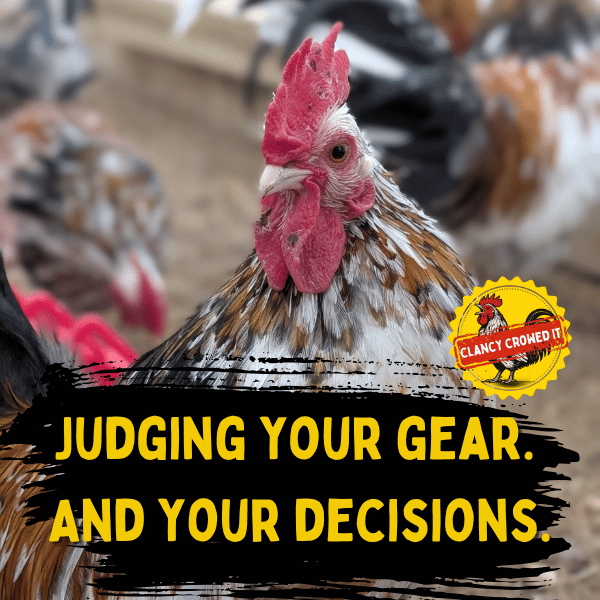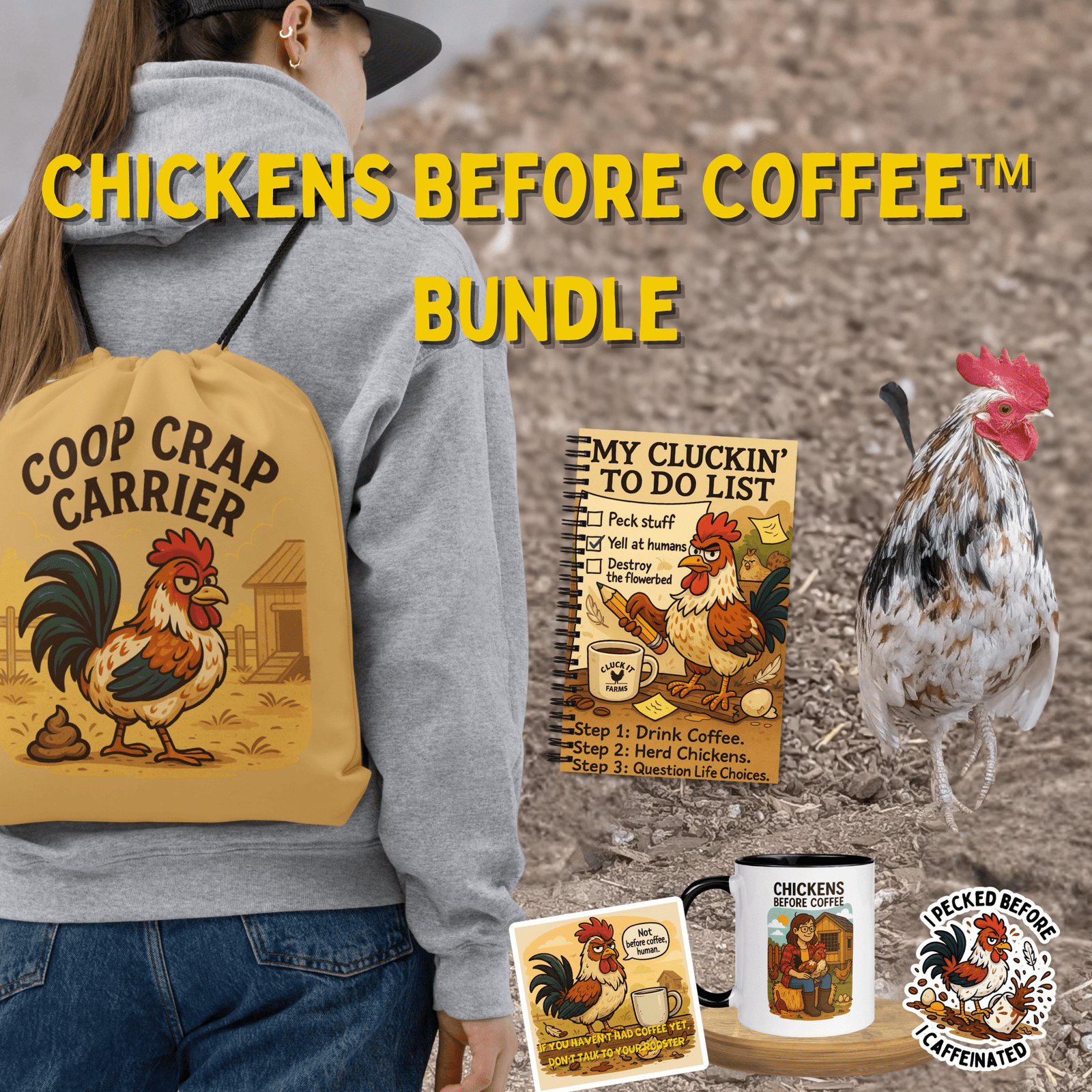Breeding chickens, particularly the enchanting varieties known as landrace breeds, is a sophisticated dance between art and science, tradition and intuition. This captivating journey goes far beyond the simplicity of merely allowing chickens to mingle; it’s about ensuring their genetic legacy sings true through generations, preserving the nuanced symphony of their heritage.
Meet the Landrace Breeds: Nature's Own Masterpieces
Landrace chickens aren't just poultry; they are living pieces of history, each telling a unique story of their native landscapes, shaped by nature and time. These breeds have evolved through natural and selective breeding processes, often in isolated regions, allowing them to develop traits perfectly suited to their specific environments.
The Selective Art of Chicken Matchmaking
Selecting which chickens to breed is more significant than a mere game of chance. It involves a deep understanding of genetics and a keen eye for detail to preserve the essence of each breed, a task complicated by the absence of clear, written standards for many landrace chickens.
Decoding the Unwritten Rules
While some breeds, like the resilient Swedish chickens, benefit from the standards set by organizations like the Swedish Gene Bank, many landrace breeds must rely on the accumulated wisdom and intuition of seasoned breeders. These implicit standards help maintain the breed's characteristics and ensure genetic diversity, keeping the breed true to its origins and functional in its traditional roles.
Learning from the Chicken Whisperers
For insights that textbooks can't provide, turning to seasoned breeders is invaluable. These experts have cultivated their knowledge through many years of direct experience, mastering the subtleties of each breed. Their wisdom is crucial, as it helps shape the practical standards and breeding practices that will sustain the breed's lineage and characteristics.
Goals of the Genteel Breeder
In the absence of formal guidelines, breeders must craft their own objectives, focusing on:
- Heritage Preservation: This involves ensuring that the physical, behavioral, and productive traits that define the breed are carefully preserved, akin to maintaining a family's legacy through generations.
- Environmental Symbiosis: Selecting for traits that enhance the breed’s ability to thrive in its specific environmental conditions ensures the birds are well-adapted to their native settings.
- Vigor and Vitality: Prioritizing the overall health, disease resistance, and longevity of the breed ensures robust flocks that can sustain their productivity and reproductive capabilities over time.
The Dual-Purpose Dilemma
Many landrace chickens historically served dual purposes—they were both excellent egg layers and provided substantial meat. This dual utility means that selecting for body type and productivity is a critical factor in the breeding process.
Balancing Productivity and Physique
Achieving a balance where the chickens are prolific egg layers while also maintaining a body conformation suitable for meat production is a challenging yet essential aspect of breeding. Breeders must ensure that neither trait is developed at the expense of the other, maintaining the breed's utility and appeal.
Traits Worth Clucking About
Traits that are often prioritized in dual-purpose breeds include:
- Sturdiness and Size: Optimal body size not only supports meat production but also ensures the chickens are agile enough for effective foraging, which is essential for their health and egg-laying capacity.
- Feed Efficiency: The ability to convert feed efficiently into both body mass and eggs is critical, particularly in the varied and sometimes harsh environmental conditions where many landrace breeds have evolved.
- Longevity and Reproductive Health: Selecting for longevity and effective reproductive capabilities ensures the sustainability of the breed under farm conditions, preserving their lineage and productivity.
The Ethical Etiquette of Breeding
Breeding with a conscience means ensuring that each selection decision enriches the breed's genetic pool without compromising the birds' welfare. Ethical breeding practices are essential to ensure that the pursuit of ideal traits does not lead to a decline in the quality of life for these animals.
The Community of Kindred Breeders
Collaboration among breeders is key to the successful maintenance and enhancement of landrace breeds. By sharing birds, insights, and sometimes even secrets, breeders help each other maintain a richer genetic diversity, ensuring the health and vitality of their flocks.
Tech and Tradition: Record Keeping in the Roost
The blend of modern technology and meticulous record-keeping is vital in today’s breeding practices. Breeders utilize tools ranging from genetic tests to detailed breeding logs, ensuring that every decision is informed and every lineage is accurately traced. This marriage of heritage and high-tech is crucial for shaping the future of these precious poultry breeds.
Conclusion: Breeding as a Celebration of Biodiversity
Breeding landrace chickens is not merely a craft; it's a vibrant celebration of biodiversity, a commitment to continuity, and a passion for preservation. Each breeder's effort contributes a unique brushstroke to the dynamic portrait of poultry history, ensuring that these living heirlooms continue to thrive and delight both eye and palate.
This approach does more than sustain breeds; it enriches our farms and tables, adding flavor and color to our lives. It’s a testament to the dedication and delight that breeders bring to their work, preserving a piece of living history for future generations to cherish and continue. Through this careful and joyful process, the legacy of landrace chickens is woven into the fabric of agricultural heritage, enriching our understanding of biodiversity and the role of domestic animals in our ecosystems.











